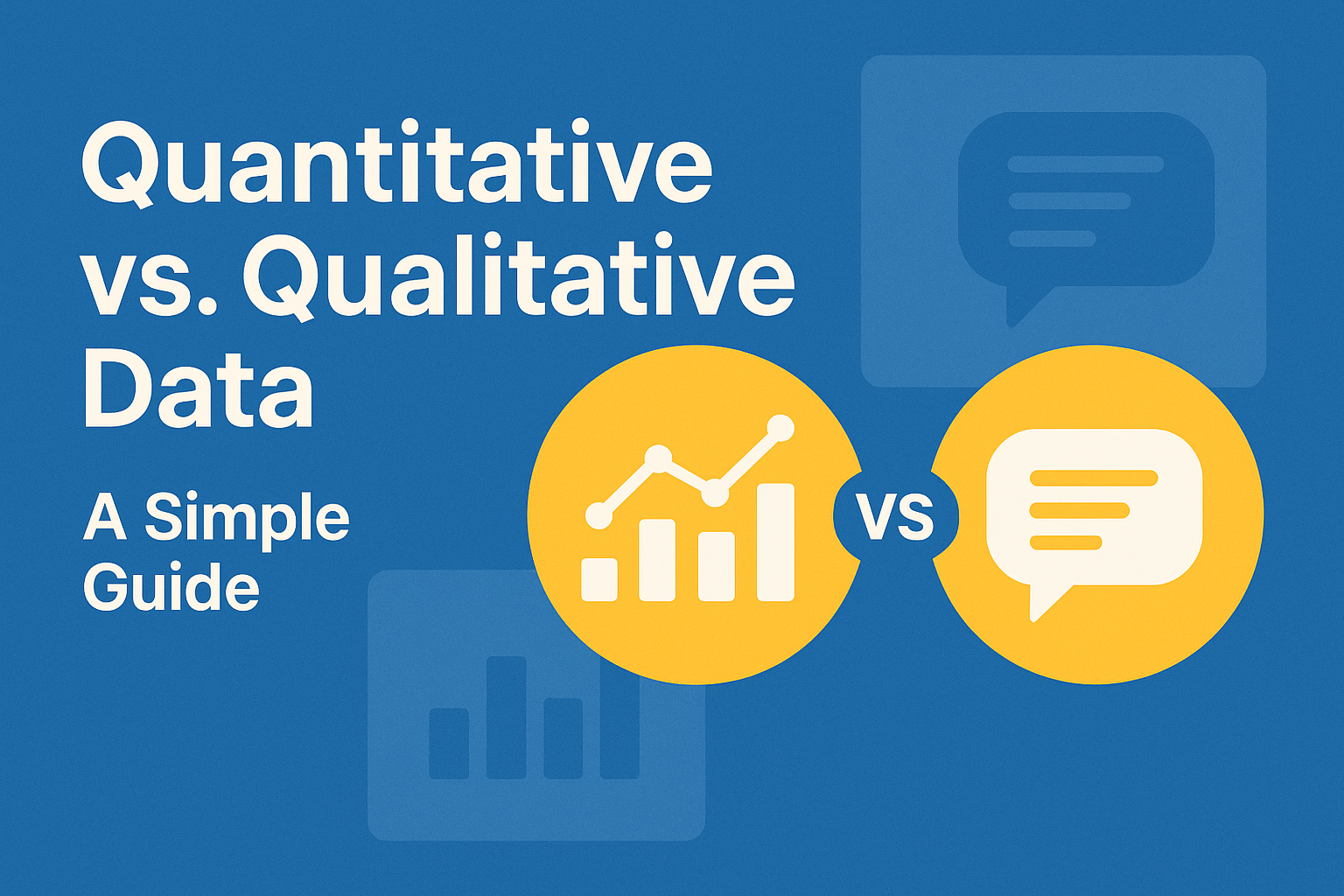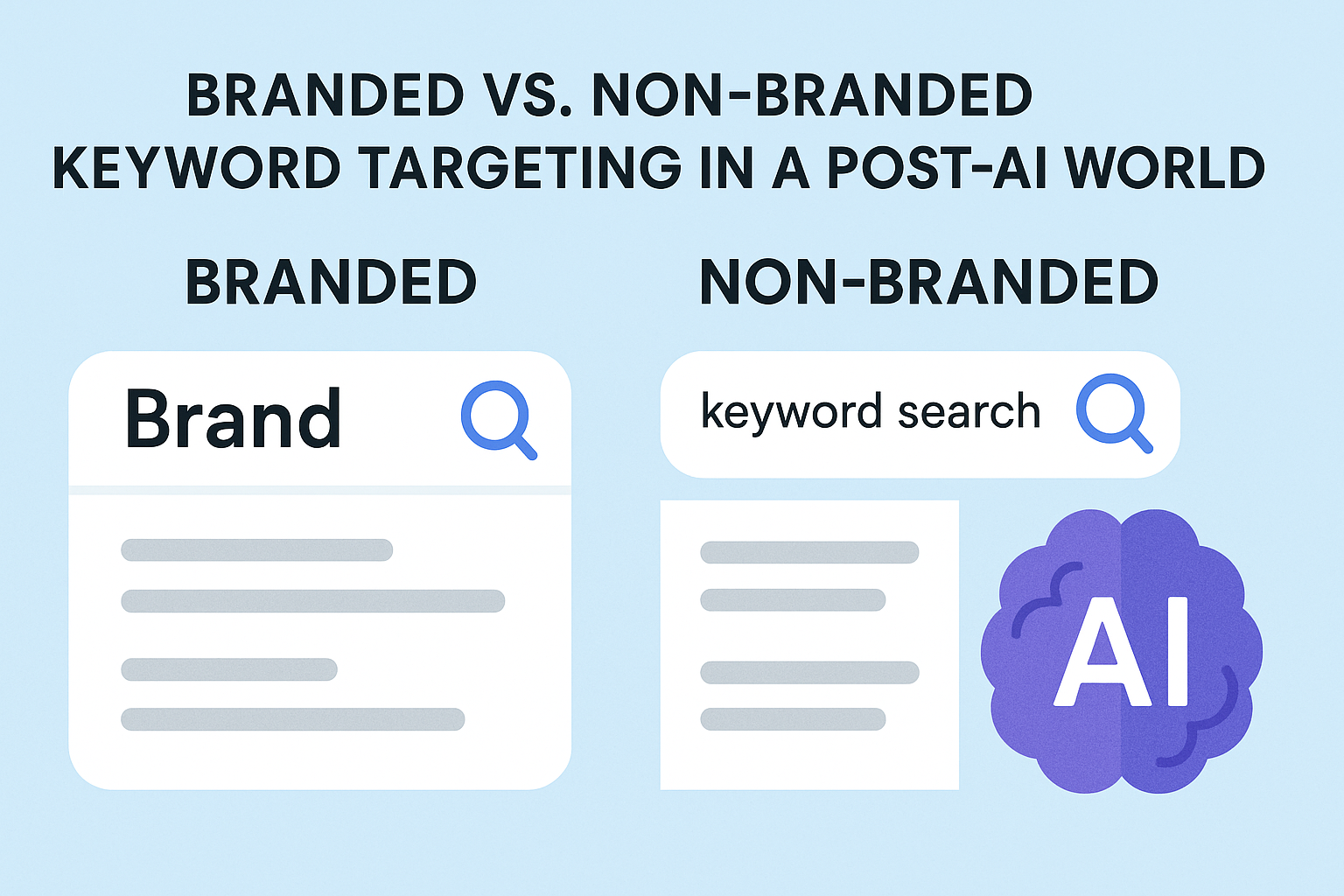Digital marketing is constantly changing, and while it provides excellent chances for businesses to grow, it also brings some challenges. If you’re feeling confused by the speed and complexity of online marketing, don’t worry, you’re not the only one.
In this article, we’ll explain 7 common digital marketing challenges and give you tips on handling them. Whether you’re a small business owner or a marketing expert, these strategies will help you stay on top.
1. Adjusting to frequent algorithm changes on social media and search engine platforms
Keeping up with algorithm updates can seem like trying to hit a moving target, right? But being adaptable is super important. One promising approach is to craft high-quality, user-focused content that matches the latest trends and guidelines from platforms like Google and social media. Staying in the loop, whether through industry blogs, webinars, or just keeping an eye on platform updates, helps marketers adjust on the fly. It’s more than just following the algorithm; it’s about grasping what users want and delivering value with engaging, helpful content.
2. Standing out and capturing audience attention in an oversaturated digital marketplace
In a crowded market, standing out is essential. Brands must hone in on their niche by clearly defining what makes them unique and highlighting that in everything they say. We’ve successfully used interactive content such as quizzes, polls, and live videos. These formats engage users much more than traditional static ads do. Try to bring something unique to the table to make your content pop. It could be informative stuff, a good laugh, or even a heartfelt connection that clicks with your audience.
3. Effectively using data and analytics to make informed marketing decisions
It’s a shame that data often goes to waste because marketers struggle to make sense of it. A great way to tackle this is by looking into advanced analytics platforms that provide real-time insights and automated reporting. According to DesignRush General Manager Gianluca Ferruggia, “In the age of data, the key is not just collecting information, but using it effectively to make smart decisions that drive growth. By focusing on the right metrics and continuously refining your approach, you can turn data into a powerful tool for success. At our company, we use Google Analytics 4 along with customer segmentation tools to keep refining our campaigns all the time.” Marketers must focus on measuring the right KPIs, such as conversion rates or customer lifetime value, instead of getting caught up in vanity metrics like impressions that don’t always lead to real value.
4. Scaling personalized marketing efforts for a larger audience
Personalization isn’t about tailoring every single piece of content for each individual. It’s about grouping your audience according to familiar behaviors, preferences, and demographics. Tools such as dynamic content personalization in email marketing and retargeting ads that adjust based on past interactions can be effective. When it comes to bigger crowds, automation makes a difference. Check out AI tools that adjust to what you like on the fly, so you can grow while still keeping that personal vibe.
5. Combating ad fatigue and ensuring that digital ads remain engaging
Ad fatigue is a real challenge, especially when consumers are bombarded with repetitive ads. The solution is variability and creativity. Rotate your creatives frequently, and test new formats like video, carousel ads, or native advertising. We also recommend A/B testing to continuously optimize ad performance. Additionally, shifting the messaging tone from hard-sell to more educational or entertaining can keep your audience engaged. Ads should evolve along with consumer behavior, so engagement should be monitored closely.
6. Managing multiple marketing channels and campaigns cohesively
To handle multiple channels well, you need a centralized marketing platform that gives you insights across all of them. We’ve got this great mix of marketing automation tools, like HubSpot and Zapier, that help us create smooth workflows. This way, we don’t miss any chances to connect with people through email, social media, or website traffic. No matter their platform, all your campaigns must have the same message and goals. Your marketing, sales, and customer service teams need to be able to talk to each other so that everyone is on the same page and working toward the same goals.
7. Keeping up with rapidly evolving technologies such as AI, machine learning, and automation in digital marketing
Getting used to new technologies like AI and machine learning takes time. Marketers should use these tools, but they should do so smartly. AI is excellent for automating mundane and repetitive tasks, but creative and emotional engagement still needs a human touch. To improve the customer experience and make marketing plans better, start by adding chatbots and AI-powered analytics tools. AI can, for instance, guess how customers will act, which lets marketers send very specific campaigns. Automation can help get things done faster, but you should always leave room for customization.
Conclusion
Digital marketing has its challenges, but they can be overcome. By staying flexible, focusing on your audience, and using the right tools, you can tackle these obstacles and achieve great results. Keep in mind that marketing is not just about attracting more traffic; it’s about creating lasting relationships with your customers.
With the right approach and strategies, you can navigate the constantly changing digital world and make an impact, whether your business is big or small.

The Search Engine Cage team is on a mission to educate entrepreneurs. We make things easier for the small business owner, by writing articles that help them to understand SEO and Digital Marketing.







